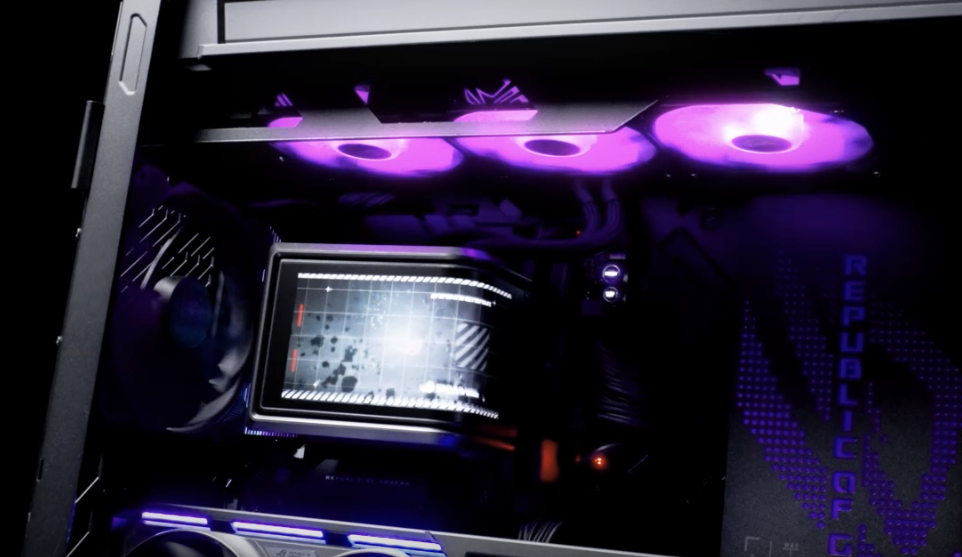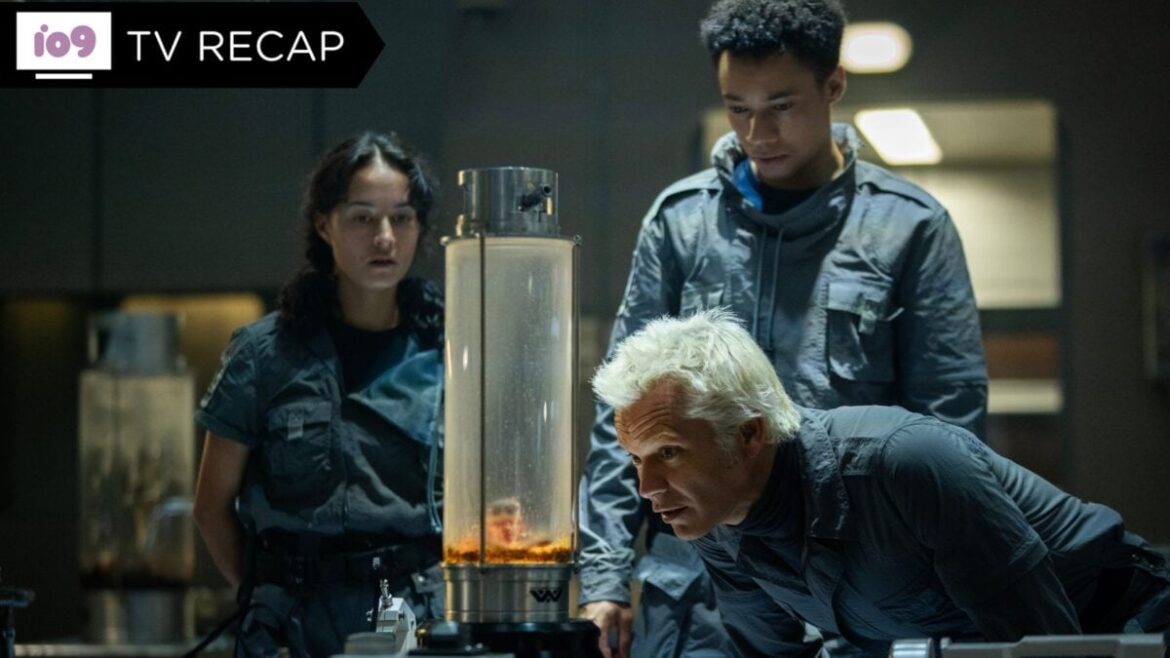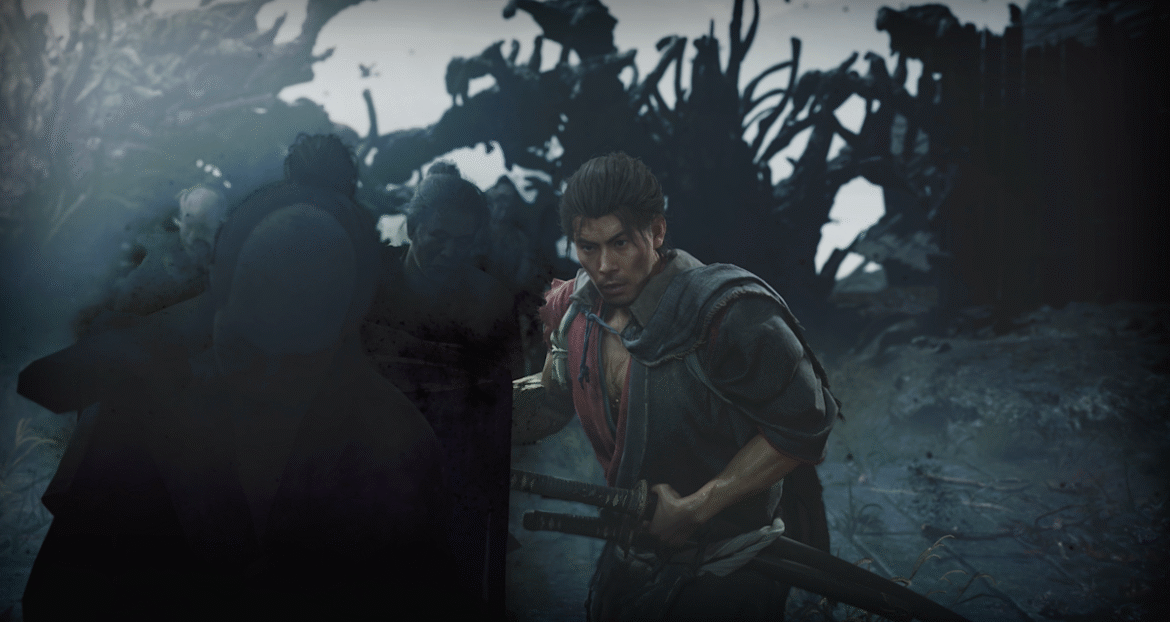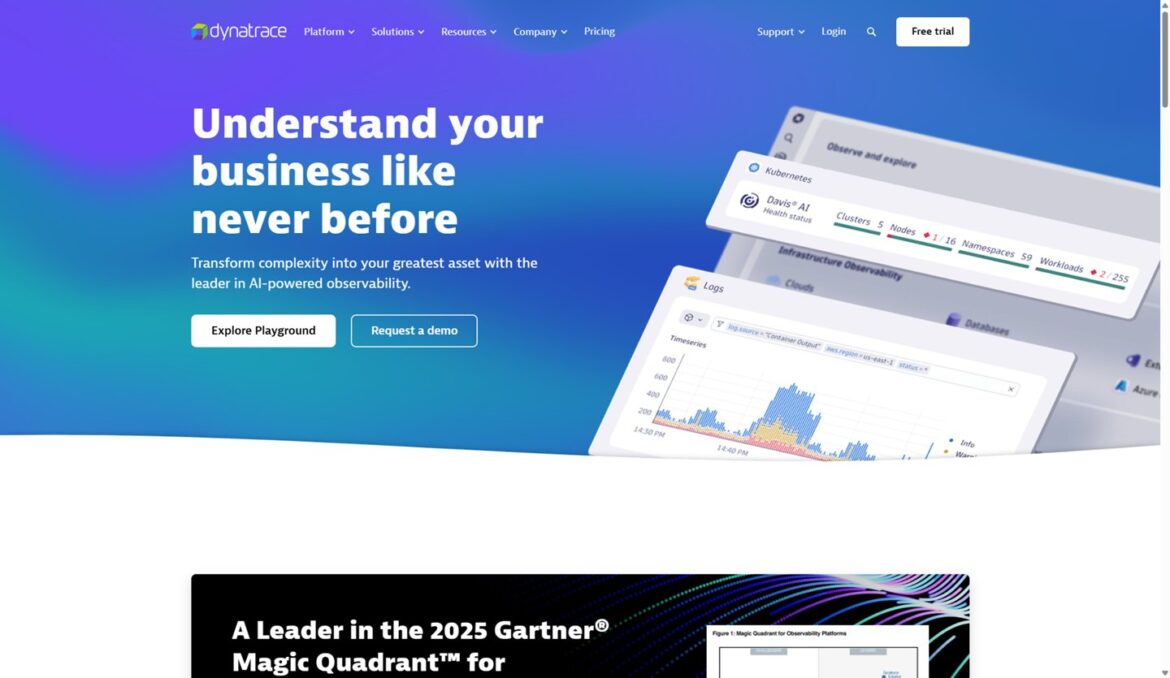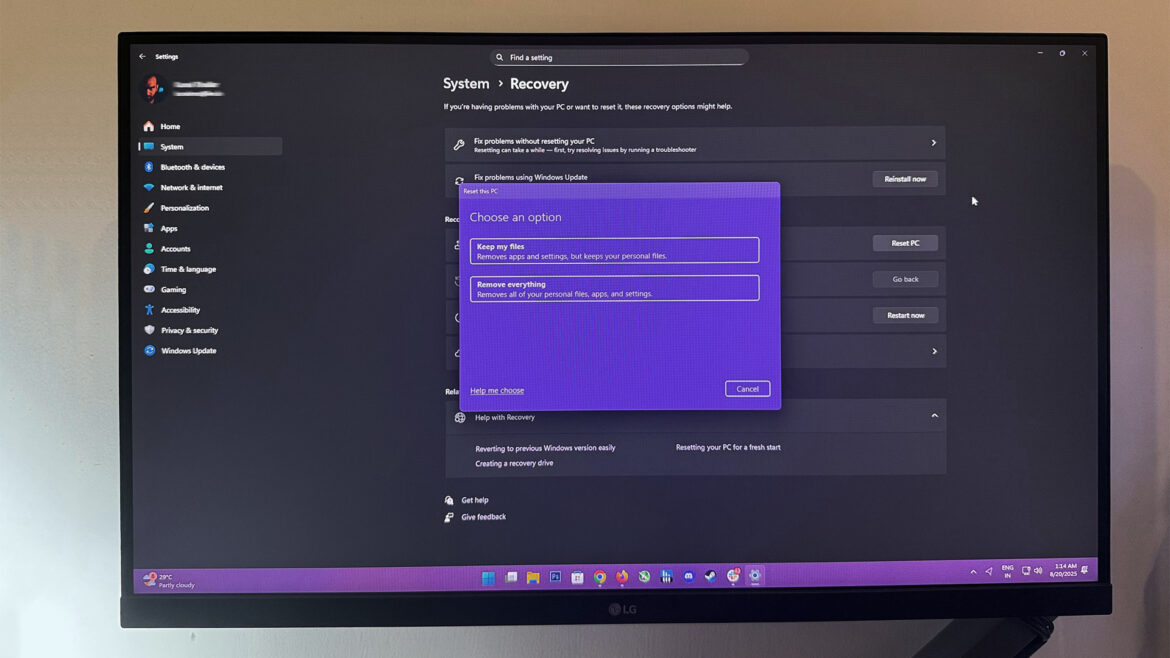Why you can trust TechRadar
We spend hours testing every product or service we review, so you can be sure you’re buying the best. Find out more about how we test.
Google Pixel Watch 4: Two-minute review
Google has released its latest crop of hardware at its Made by Google 2025 event, including phones, earbuds, and its next-generation smartwatch, the Google Pixel Watch 4. Similar to the Samsung Galaxy Watch 8 or Apple Watch Series 10, the latest generation of the Pixel Watch 4 is less about earth-shattering changes and more about refinements to a working formula.
Google is sticking with the now-iconic and really quite lovely polished pebble circular build that comes in two sizes – the addition of a 45mm option alongside the 41mm model was the big change last year. That means more choice for you if the Pixel Watch sparks your interest, and ultimately lets you get the one that’s the right size for your wrist.
Google is also mostly sticking with the same prices as last year (there’s a small increase for the 45mm version in Australia). And despite the outward similarities there are some significant upgrades here, including a healthy dose of AI smarts powered by some new silicon, a forthcoming AI coach that’s part of a larger Fitbit rollout, replaceable parts, a refreshed user interface, and a new domed display that’s physically raised to the touch.
- Google Pixel Watch (Black) at Amazon for $75
Google Pixel Watch 4: Specifications
Swipe to scroll horizontally
Component
Google Pixel Watch 4
Price
Starting at $399 / £349 / AU$579
Dimensions
41 x 41 x 12.3mm / 45 x 45 x 12.3mm
Weight
31g / 36.7g without straps
Caze/bezel
Recycled aluminum
Display
320ppi always-on display AMOLED with up to 3,000 nits brightness
Operating System
Wear OS 6.0
Processor
Qualcomm Snapdragon W5 Gen 2 processor with an ML coprocessor
Memory
2GB of RAM
Storage
32GB
GPS
GPS (Dual-Frequency), Galileo, GLONASS, Beidou, QZSS
Battery life
Up to 72 hours with battery saver enabled or up to 40 hours with always-on display enabled
Connection
Bluetooth, Wi-Fi, LTE
Water resistance
WR50, IP68
Google Pixel Watch 4: Dome sweet dome
(Image credit: Future/Lance Ulanoff)
The first thing I noticed during my hands-on time with the Pixel Watch 4 was that the display itself is not flat like on the Pixel Watch 3. Sure, we’ve seen smartwatches on which the display slopes down the sides towards the watch case, such as the Apple Watch Series 10, but the glass display here is actually domed to the point where, as you swipe across the screen, you’ll feel the surface rise or lower.
This makes the sides of the display and the graphics appearing on the edges even more sloped, a feature the new Material 3 Expressive interface uses in its animations. However, it also noticeably increases the thickness on your wrist. The domed 360 Actua display still looked rich and vibrant with crisp text or numbers, and it got considerably brighter in the demo room, which wasn’t brightly lit. Google says it can hit up to 3,000 nits, a jump of 1,000 nits compared to the Pixel Watch 3.
The third-generation Pixel Watch got a larger display than its predecessor, and the fourth-gen model goes bigger again, with 16% smaller bezels and 10% larger active display area, which Google says is made possible by the domed display.
(Image credit: Future/Lance Ulanoff)
I think the physical touch and interaction with the watch might take some time to get used to, but the new design delivers a theoretically more durable surface – as is the case with some dome shapes – and more space to hit touchpoints or see items presented on your wrist is certainly a win. It’s something I’m eager to spend more time exploring, and it enhances what I described in my Pixel Watch 3 review last year as the ‘polished pebble’ effect of the Pixel Watch’s looks.
The Pixel Watch 4 still boasts Corning Gorilla Glass to protect against drops or scratches, and the rest of the build here is aerospace-grade aluminum. It’s also water-resistant up to 50 meters. Another major change this year is a redesigned back, which has resulted in the moving of the charging ports in order to make this smartwatch repairable and serviceable.
Yes, you’ll notice several screws, which allow the battery to be replaced for a more sustainable design. This isn’t something that’s common for major smartwatch brands, as most devices are sealed units, so it’s a welcome step in the right direction from Google.
(Image credit: Future/Jacob Krol)
This also means a pretty significant change in charger design, as you’ll no longer place this on a proprietary puck with prongs as you would the Galaxy Watch, Apple Watch, or any Pixel Watch before this. The Pixel Watch 4 charges on its side in a dock, and if you’re charging it on a nightstand this should make it easier to use the smartwatch as a small alarm clock – it’s even perfectly positioned so that you can tap the crown to snooze.
Google is also taking advantage of these charger and design changes to speed up refueling. You can now charge the Pixel Watch 4 from 0% to 50% in just 15 minutes, and Google is promising longer battery life for both sizes – up to 30 hours for the 41mm and up to 40 hours for the 45mm. Your mileage will, of course, vary depending on usage, but it’s a good step beyond the Pixel Watch 3.
Google Pixel Watch 4: A faster experience
(Image credit: Future/Lance Ulanoff)
While I only spent about half an hour with the Pixel Watch 4, it felt like a modern-day smartwatch that was responsive and zippy fast. Under the hood it’s powered by Qualcomm’s Snapdragon W5 Gen 2 Wearable Platform and a next-gen ML CoProcessor, both of which ensure that the new Material 3 Expressive interface design runs well here. It was easy enough to swipe between tiles, and I especially liked the more vibrant nature of the colors, which you can, of course, customize. Overall, this watch feels speedy compared to previous years.
Google’s new Smart Replies feature looks like a welcome innovation, especially if you’re tired of suggested replies that often lack context and are unsuited to the conversation. The Pixel Watch 4’s silicon can power an on-device large language model to generate appropriate suggested replies based on what a message says.
I even tested it with a message that referenced delays on my local train service, and the Pixel Watch 4 delivered an appropriate response. It took a few seconds, but it’s much better than the list found on previous Pixel Watches, the Galaxy Watch, or the Apple Watch.
We’ve already seen Gemini arrive on-wrist courtesy of the Galaxy Watch 8, but Google is serving up something special for its watch, and that’s a ‘raise to talk to the AI assistant’ functionality. Simply raise your wrist, and a glowing bar appears at the bottom of the display, which indicates that Gemini is listening and that you can start your request. You don’t need to say ‘Hey Gemini’ – Google has us pretty well trained in that department – and it worked well in a short demo, quickly pulling up the weather.
(Image credit: Future/Lance Ulanoff)
While I didn’t get to try any of the health and activity features, Google’s shipping the Pixel Watch 4 with a familiar suite that includes general activity, heart-rate, blood oxygen (SpO2), and sleep tracking. You can also take an ECG or Electrocardiogram, and there’s an improved Skin Temperature sensor for more accurate readings. You can also track over 40 workouts with the Pixel Watch 4.
The real big potential leap, though, is a promised ‘personal AI health coach’ that’s powered by Gemini and set to arrive at some point in October as a preview in the United States at first. It should go beyond ‘Workout Buddy’ on the Apple Watch and some AI features on the Galaxy Watch, but we don’t know exactly what it entails just yet. Google is promising it to be a coach of sorts that bases recommendations on your health data and that you can chat with, maybe something similar to that of Oura Advisor.
It’s shaping up to be a pretty strong smartwatch, and while the Pixel Watch 4 doesn’t usher in a tremendously radical redesign, it’s mostly about polishing and the addition of a healthy dose of AI functionality – something that Google is a big fan of. It’s likely that you don’t need to rush out for it if you already have a Pixel Watch 3, but those with an older model may want to consider an upgrade. We’ll be back with more once we’ve had time to put it through its full paces and see how the changes perform in the real world.
Google Pixel Watch 4: Pricing and Availability
If you’re looking to upgrade from, say, a Pixel Watch 2 or 3, maybe another Android smartwatch, or even getting your first one, there is a wait for when you’ll actually receive a new Pixel Watch.
Google is taking orders right now for the Pixel Watch 4 – it begins on August 20, 2025 – but the smartwatch won’t officially launch until October 9, 2025. That’s when the first shipments should arrive, depending on demand, and when you’ll find it available at retail locations.
Unlike other gadgets that have seen price hikes year over year, the Pixel Watch 4 sticks with the same price as the Pixel Watch 3. Meaning it’s priced at $349 / £349 / AU$579 for the 41mm Pixel Watch 4 with Wi-Fi and Bluetooth, or $449 / £449 / AU$749 for cellular connectivity. The larger, 45mm Pixel Watch 4 is $399 / £399 / AU$669 for Bluetooth and Wi-Fi, or $499 / £499 / AU$839 for connectivity.
Beyond accessing the internet with the cellular connectivity model, you’ll also need to spend more to get emergency satellite functionality on the Pixel Watch 4. There isn’t an extra monthly or annual cost – at least for two years, that’s what Google provides out of the box – but it needs to make use of the bands found in the cellular version of the watch. That could be a reason alone to get it right there.
Google Pixel Watch: Price Comparison

